#python
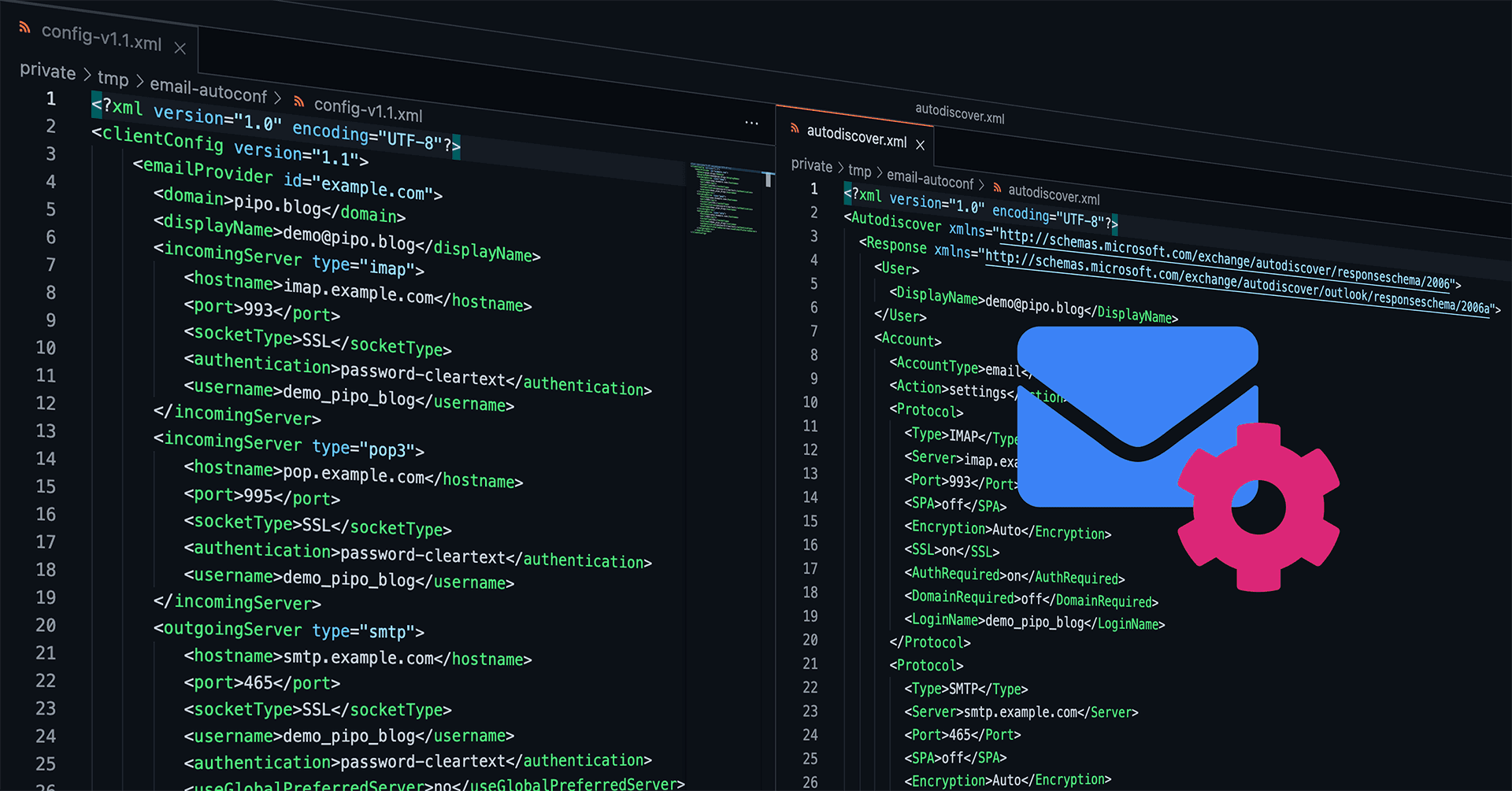
Automated Mail Client Configuration with email-autoconf
How nice would it be, if every email client could be auto-configured and the user would just need to enter his credentials? Entering his email address plus password, hit enter, done. How come nowadays people still need to care about incoming IMAP and outgoing SMTP servers, encryption (SSL/TLS vs. STARTTLS protocols), ports (for a regular end user this is just a number without any meaning, right?), and maybe even wondering what was the username if that differs from the actual email address?
You may tell me: Hey, we're in 2021, email is so old-school! Or you may tell me: Oh, don't you know there is a thing called auto-configuration? – Unfortunately, both statements are wrong. Email today is still widely used for serious communication (and yes, you're right, it should have been replaced long time ago by something better! But it didn't.), and there is such a thing called auto-configuration, but there is just no real standardized protocol that works for every mail client out there. There was no real development in that field during the last 10+ years, sadly.
So, let me present that small Python project Martin and I have been developing for Onlime GmbH back in Feb 2020 and which I have now finally published on GitLab.com: onlime/email-autoconf
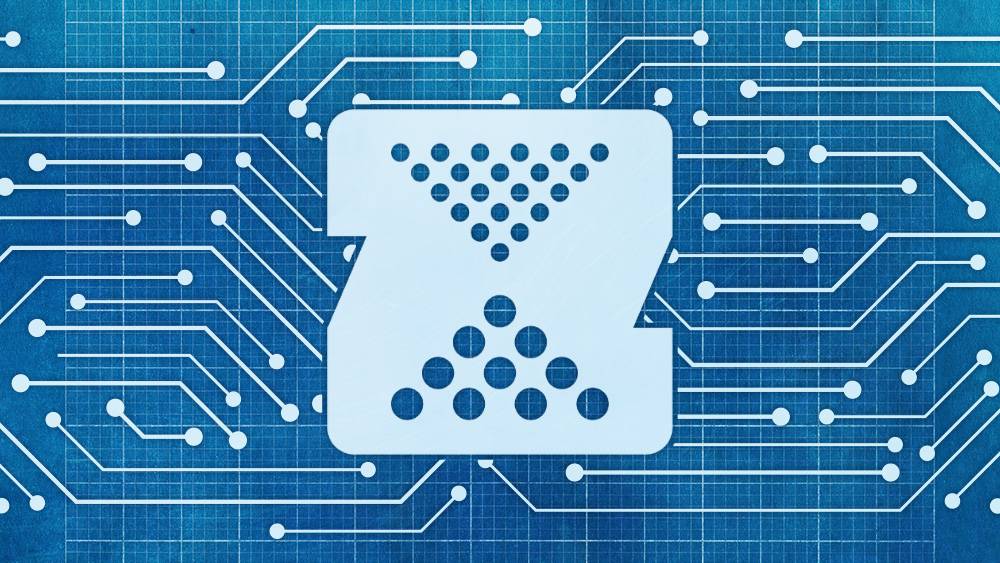
Cleanup helper script to destroy old ZFS snapshots
For years now, I am using this little helper script written in Python, which solves a very basic task: Destroy legacy ZFS snapshots. We all know ZFS snapshots are so lightweight and we tend to create so many snapshots, either manually (e.g. before a major system upgrade) or automated (e.g. by our replication or backup jobs). It can somtimes be cumbersome to destroy legacy ZFS snapshots that are no longer needed.
So, here comes help with zfs-destroy-snapshots.py which you could deploy to /usr/local/sbin to have that handy script ready. I know, this is like a really small snipped I could just post to Github Gist (ok, here you go: onlime/zfs-destroy-snapshots.py) or Pastebin, but I think it still deserves a full blown blog post.
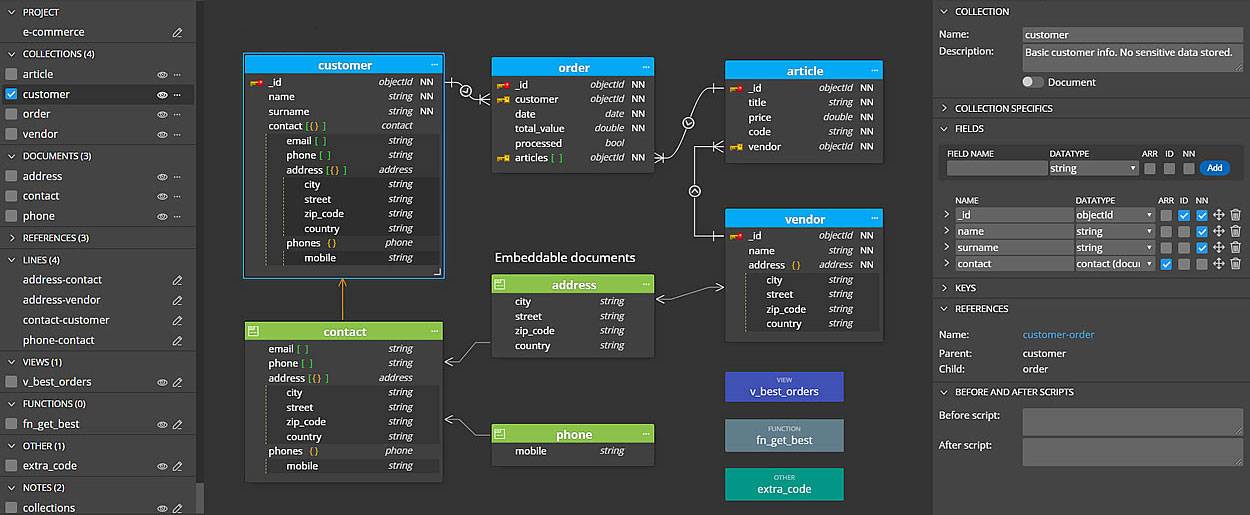
Recursively fetch dependent rows with mysqldump
How to fetch a row from a MySQL database recursively, going through all foreign key (FK) constraints and fetch all dependent rows as well? That's the question that bothered me during the last 20+ years as MySQL administrator. Isn't there a standard tool like some extended mysqldump that comes with that power? Short answer: No, there is no such tool. I gave up searching. It's just too complex to write a general-purpose tool that works for any kind of database schema.
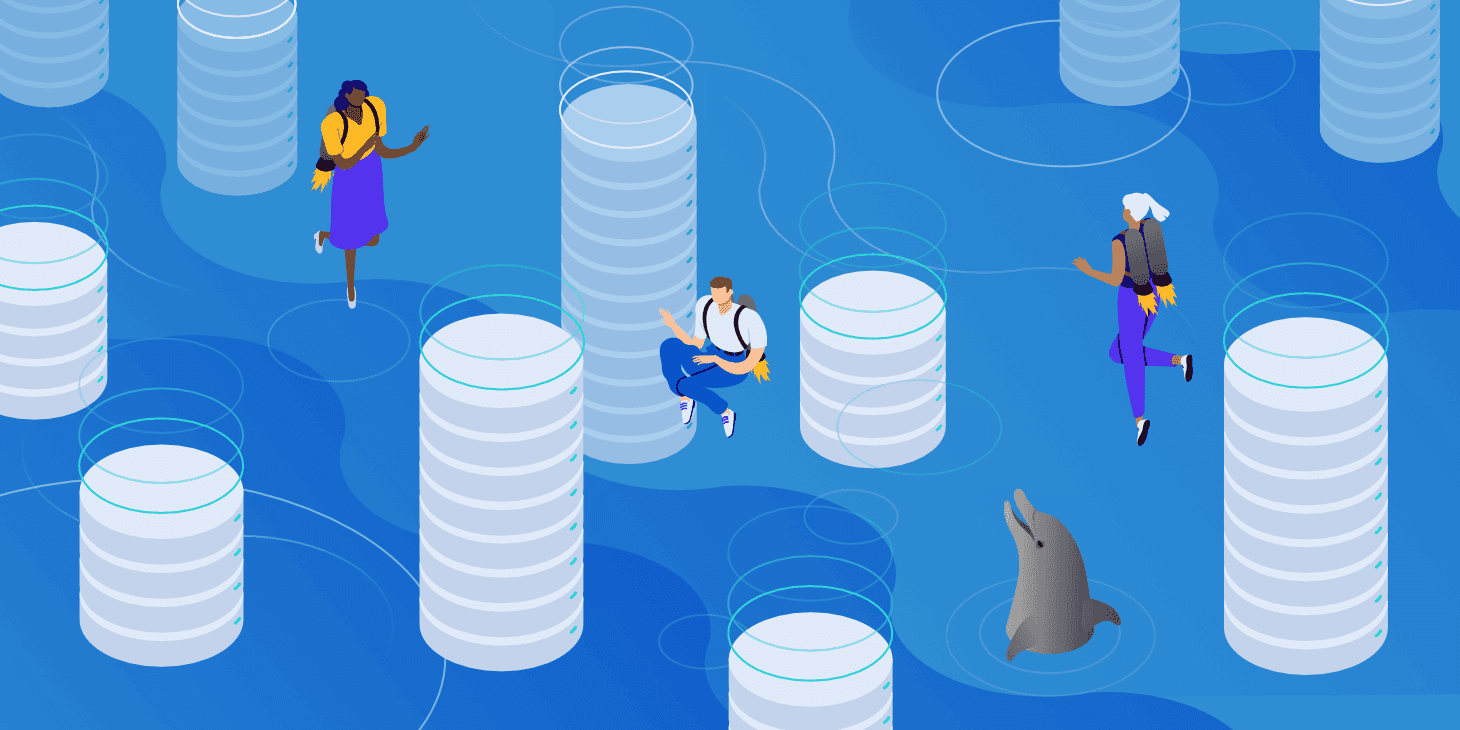
MySQL MyISAM to InnoDB Conversion
Back in November 2020, I managed to convert all legacy MyISAM tables to InnoDB on all Onlime GmbH database servers and customer webservers. MyISAM as legacy storage engine was quite okay-ish on MySQL 5.7 but started to perform really bad on MySQL 8.0. There was simply no reason to keep on using it and honestly, for the last 10 years I did never understand why people still held onto it. I had to find out that a lot of my customers just never heard of any storage engine types, and they didn't even know of any differences between MyISAM and InnoDB.
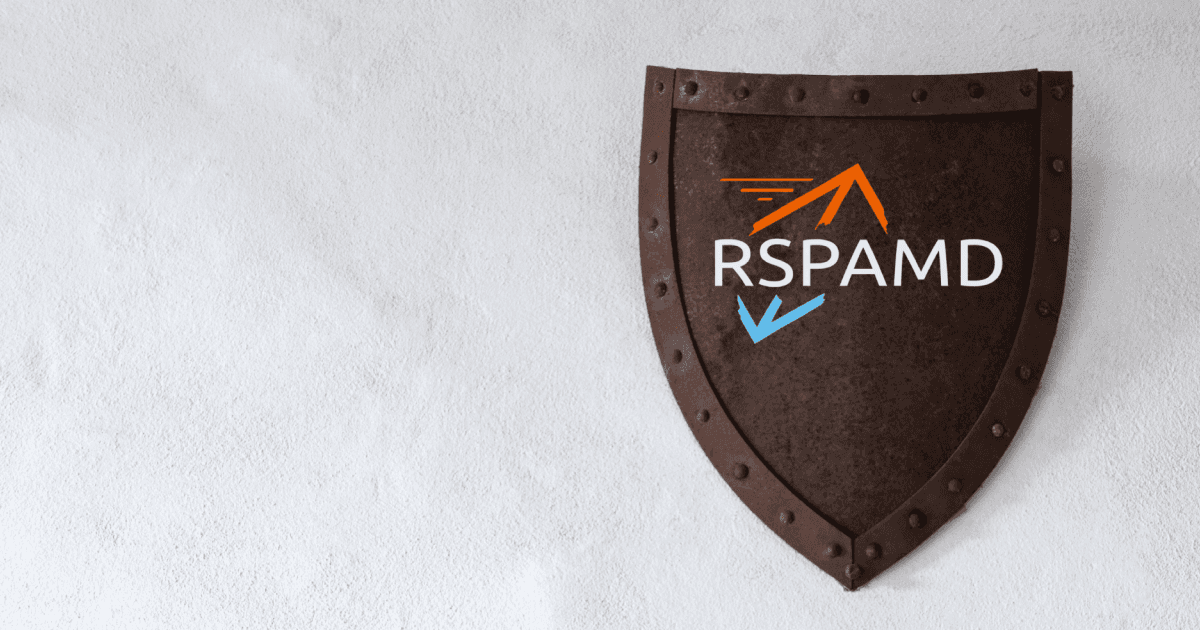
Automated Bayesian Spam/Ham Training with Rspamd
At Onlime GmbH we have migrated the mail infrastructure in Dec 2019 from good old Spamassassin to Rspamd which greatly improved spam filtering. Rspamd offers a nice way of Bayesian learning in Rspamd statistical module. You can feed emails through rspamc learn_spam or rspamc learn_ham for manual spam/ham training to improve Bayes hit rate.
In the past, we have only internally used Bayesian training. Wouldn't it be nice to let all customers help us improve the Bayes filter / hit rate? Without even asking them to do so?